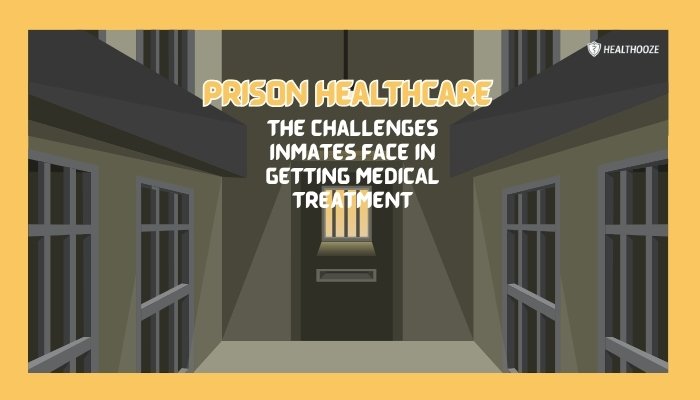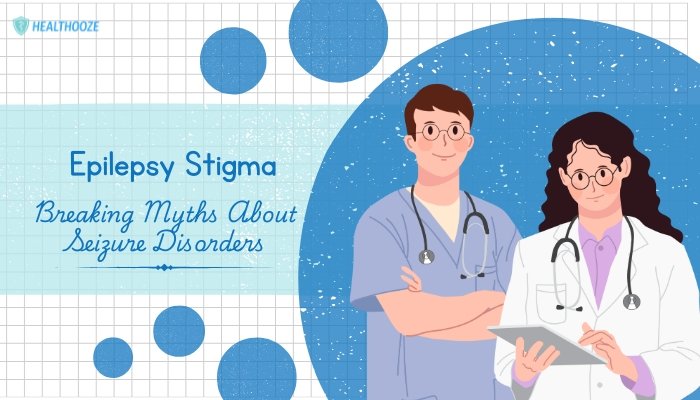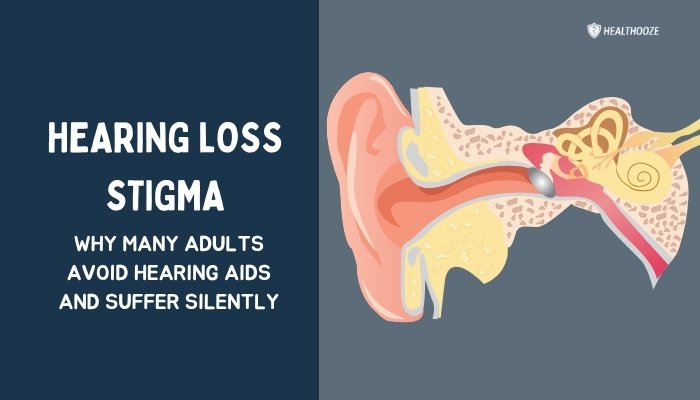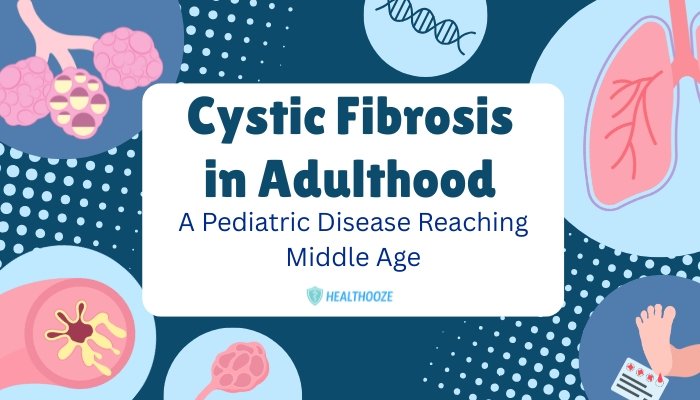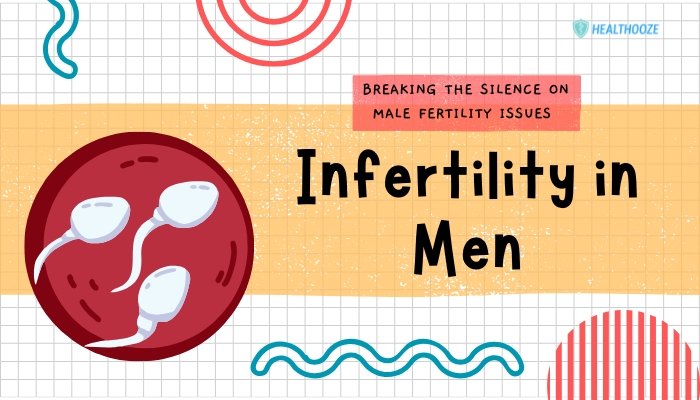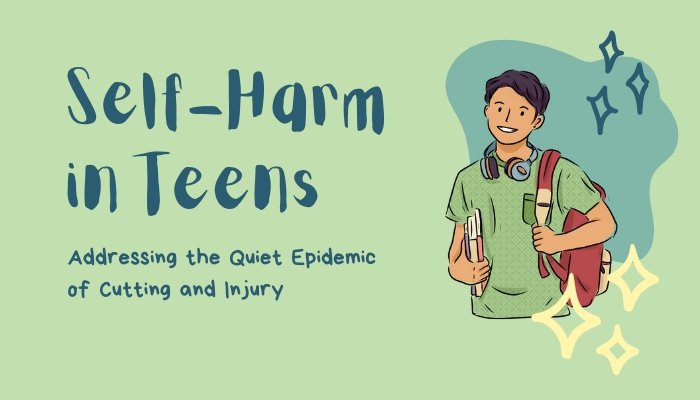Introduction
While incarcerated individuals lose certain freedoms, access to basic healthcare remains a fundamental human right. However, inside prisons, medical systems often struggle to meet even minimal standards. Barriers from limited resources and staff shortages to restrictive protocols can leave inmates suffering from untreated chronic diseases, mental health conditions, and unresolved injuries.
This disparity not only affects prisoners’ health but also impacts broader public health, as most inmates will eventually return to their communities. This article examines the common hurdles of prison healthcare, how inadequate treatment inflicts lasting harm, and possible reforms to ensure detainees receive necessary care.
Why Prison Healthcare Is Complex
Overcrowding and Resource Limitations
Many correctional facilities function above capacity, increasing stress on medical staff and straining budgets. High inmate-to-clinician ratios can lead to:
- Delayed Diagnoses: Subtle or developing conditions might go unnoticed until they worsen.
- Prolonged Wait Times: Scheduling an appointment or securing a procedure might be slow, with urgent needs overshadowing preventive or routine care.
Security vs. Medical Priorities
Ensuring inmate and staff safety can hinder timely treatment. For instance:
- Escorted Trips: Offsite consultations or procedures might require multiple guards, incurring logistic and financial burdens, so some facilities postpone non-urgent care.
- Medication Restriction: Fear of misuse or trafficking within the prison can reduce medication availability or hamper adherence.
Underfunding and Policy Constraints
Some states outsource prison healthcare to private contractors under cost-pressured contracts. In these scenarios, austerity or minimal compliance might overshadow comprehensive coverage. Additionally, legal complexities around inmate rights can muddle accountability for substandard medical outcomes.
Common Health Challenges for Inmates
Chronic Illness and Comorbidities
Many prisoners arrive with unmanaged diabetes, hypertension, or infectious diseases like HIV and hepatitis C. Incarceration theoretically offers a chance for consistent treatment, but insufficient follow-up and limited medication supplies hamper improvement.
Mental Health Disorders
A significant portion of inmates struggle with conditions such as depression, PTSD, bipolar disorder, or schizophrenia. Prisons often lack specialized mental health professionals, leading to:
- Undiagnosed or Untreated Illnesses
- Reliance on isolation or punishment for disruptive behavior rather than therapeutic intervention
Substance Use Disorders
Detoxification or medication-assisted treatment for opioid or alcohol dependence remains sporadic in many facilities, despite inmates’ high rates of substance misuse. Untreated cravings or withdrawal can spark severe complications or hamper rehabilitation.
Consequences of Inadequate Care
Worsening Medical Conditions
Diseases like diabetes or heart failure can become unstable under poorly managed regimens, leading to acute complications or irreversible organ damage. Delayed treatment for injuries or infections might lead to chronic pain or disability.
Increased Infectious Disease Spread
Overcrowded, poorly ventilated prisons enable quick transmission of tuberculosis, COVID-19, hepatitis, or influenza. Shortages of testing and isolation further stoke outbreaks, eventually spilling back into communities as inmates are released.
Psychological Harm
Isolation or inconsistent mental health treatments aggravate self-harm risks and hamper reintegration post-release. Continuous disregard for health fosters a sense of distrust in institutions, disillusioning inmates about legal and societal systems.
Potential Reforms and Solutions
Improved Policy and Funding
- Mandated Standards: Federal or state regulations can demand minimum staffing ratios, medical supplies, or mental healthcare programs.
- Increased Budget: Earmarking funds specifically for correctional healthcare ensures facilities aren’t forced to cut corners.
- Accountability Mechanisms: Independent audits or watchdog entities can investigate inmate complaints about inadequate care, promoting transparency.
Integrative Approaches
- Telemedicine: Remote consultations with specialists can expedite treatment decisions, especially in rural or understaffed prisons.
- Medication-Assisted Treatments (MAT): Offering methadone, buprenorphine, or naltrexone for opioid dependence reduces withdrawal, recidivism, and infection rates.
- Chronic Disease Management: Standardizing protocols for diabetes or hypertension, akin to outpatient clinics on the outside.
Community and Re-Entry Support
- Continuity of Care Post-Release: Coordinating with external clinics ensures medication and follow-up appointments don’t lapse once an inmate is discharged.
- Mental Health Partnerships: Collaboration with local mental health nonprofits or psychiatrists to deliver stable therapy and vocational training.
- Health Education: Empower inmates to manage conditions proactively, from safer injecting methods to understanding their medication regimens.
Action Steps for Stakeholders
Advocates and Nonprofits
NGOs can campaign for better legislation, partner with correctional institutions to implement pilot health programs, or provide direct medical outreach for jails and prisons. Additionally, collecting reliable data on health outcomes inside prisons can strengthen the case for reform.
Medical Community
Doctors, nurses, and mental health professionals can push for more robust training in correctional healthcare. Some volunteer or choose career paths focusing on prison populations, bridging professional standards with on-the-ground realities.
Families and Inmates
- Know Rights: Understanding legal entitlements to adequate medical treatment can empower inmates to request second opinions or highlight potential negligence.
- Community Reintegration: After release, connecting with social services or specialized transitional programs fosters continuity in care, preventing relapse of chronic conditions.
Conclusion
Providing decent healthcare in prisons is not merely an ethical imperative—it’s also a public health necessity. Chronic and infectious diseases don’t pause at prison walls; neglected conditions can escalate, undermining both the inmate’s future and the community’s well-being upon their release. By ensuring robust funding, targeted reforms, and integrated care models, prison healthcare can shift from a minimal compliance approach to a genuinely rehabilitative service. Ultimately, a holistic perspective that treats incarcerated individuals as deserving of comprehensive medical support fosters healthier outcomes for everyone, in and outside correctional facilities.
References
- Fazel S, Baillargeon J. The health of prisoners. Lancet. 2011.
- Dolan K, Wirtz AL, Moazen B, et al. Global burden of HIV, viral hepatitis, and tuberculosis in prisoners. Lancet. 2016.
- Glowa-Kollisch S, Kaba F, Waters A, et al. From punishment to public health: a psychosocial care model in jails. Am J Public Health. 2015.

